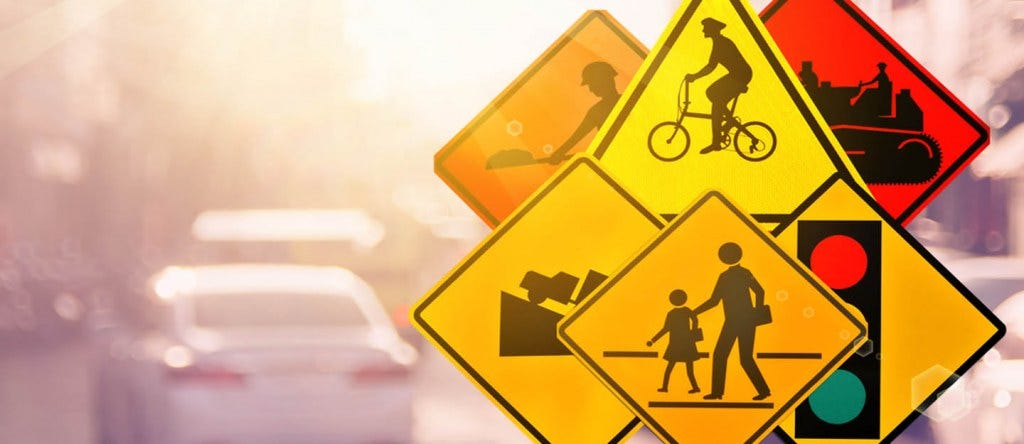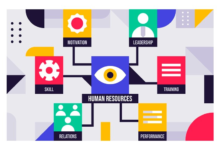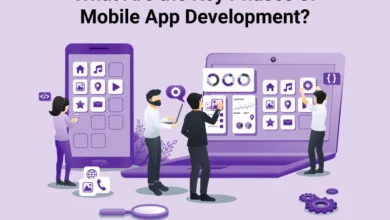
Steering into the Future: Navigating Safer Roads with AI in Metro Buses
Welcome back, folks! Today, we’re taking a slight detour from our usual topics to explore an avenue that’s both fascinating and incredibly vital to our daily lives: public transit. Specifically, we’re diving deep into how Artificial Intelligence (AI) is revolutionizing the safety of metro bus rides. It’s a journey through technology that promises not only to enhance our commuting experiences but also to safeguard them. So, buckle up as we navigate through this intriguing landscape.
Table of Contents
The Current State of Metro Bus Safety
Let’s start with a bit of context. For years, public transit authorities have implemented various measures to ensure passenger safety, from rigorous driver training programs to the installation of surveillance cameras on vehicles. Despite these efforts, challenges remain. Accidents, system failures, and security incidents still occur, highlighting the limitations of current safety measures. The statistics paint a clear picture: according to the National Safety Council, public transportation systems face myriad safety challenges, with thousands of incidents reported annually. This reality sets the stage for a transformative solution: the integration of AI in public transit.
The Advent of AI in Public Transit
AI, with its ability to analyze vast amounts of data and learn from it, offers unprecedented opportunities for enhancing metro bus safety. But what exactly does this look like in practice? For starters, AI can predict potential system failures before they happen, optimize routes in real-time to avoid hazards, and monitor surveillance footage with an efficiency no human can match. The journey toward AI integration has already begun in some cities, with pilot programs showing promising results in reducing accidents and improving operational efficiency. It’s a glimpse into a future where AI doesn’t just play a role in public transit; it leads the charge in ensuring passenger safety.
AI Technologies Revolutionizing Metro Bus Rides
Now, let’s get into the nitty-gritty of how AI is making metro bus rides safer. The applications are as diverse as they are impactful.
Predictive Maintenance
One of the most significant advantages of AI is its ability to predict when parts of a bus are likely to fail before they actually do. By analyzing data from various sensors on the bus, AI algorithms can identify patterns that precede a breakdown. This predictive maintenance means buses are less likely to encounter mechanical issues that could lead to accidents. Imagine a world where bus breakdowns are a rarity rather than an inconvenience we brace ourselves for. That’s the power of AI in predictive maintenance.
Dynamic Routing
Traffic conditions are unpredictable. A route that was clear five minutes ago can suddenly become a traffic nightmare. Here’s where AI steps in with dynamic routing. By processing real-time traffic data, AI can reroute buses to avoid congestion, road closures, and even potential hazards. The result? Safer, more efficient rides that get you to your destination without the stress of being stuck in traffic.
Automated Surveillance Systems
Surveillance on buses isn’t new, but AI-powered surveillance is a game-changer. Traditional surveillance systems rely on human monitoring, which is both labor-intensive and prone to error. AI, on the other hand, can continuously monitor footage from multiple cameras, instantly identifying suspicious behaviors or safety hazards. This real-time surveillance can deter crime and ensure incidents are dealt with swiftly, significantly enhancing passenger safety.
For a deeper dive into how AI could have prevented specific incidents, check out this insightful piece on Public transport AI applications.
Driver Assistance Systems
Even the most experienced drivers can benefit from a co-pilot, and AI is stepping up to the plate. AI-driven driver assistance systems can alert drivers to potential hazards, from a pedestrian darting across the road to a sudden stop by the bus ahead. These systems can also monitor driver behavior, ensuring that drivers remain alert and adhere to safety protocols. It’s like having an extra set of eyes on the road, making each trip safer for everyone on board.
The Human Element
Despite the incredible potential of AI to transform metro bus safety, there’s a lingering question in the air: Will AI replace human jobs? It’s a valid concern, but here’s the twist – AI is not here to replace us; it’s here to assist us. The integration of AI in public transit emphasizes the augmentation of human capabilities, not their replacement. Human oversight remains crucial, as AI systems are designed to enhance decision-making and operational efficiency. Drivers, equipped with AI tools, can perform their duties with greater awareness and precision, leading to safer and more reliable service. Real-world accounts from transit systems experimenting with AI technologies reflect a harmonious blend of human skill and artificial intelligence, paving the way for a new era in public transit where safety and efficiency coexist.
Challenges and Considerations
As we cruise down this futuristic highway, it’s essential to address the speed bumps along the way. The integration of AI into public transit is not without its challenges. Privacy concerns stand out, with the increased surveillance and data collection necessary for AI systems raising eyebrows. Ensuring the security of passenger data and maintaining transparency about how this data is used are paramount to gaining public trust.
Another significant hurdle is the investment required to implement AI technologies. Upgrading fleets with AI capabilities involves substantial financial resources, not to mention the ongoing costs of maintenance and data management. However, when weighed against the potential benefits – reduced accidents, lower operational costs, and enhanced passenger satisfaction – the investment in AI can be justified as a wise and forward-thinking move.
The Future Is Now
The future we once envisioned, where technology seamlessly integrates into every aspect of our lives, including how we travel, is no longer a distant dream. It’s happening now, with AI leading the charge in transforming metro bus rides into safer, more efficient experiences. The potential of AI to reduce accidents, optimize operations, and improve overall safety is immense. As we stand on the cusp of this new era in public transit, it’s an exciting time to imagine what’s possible.
We’re not just talking about incremental changes; we’re looking at a complete overhaul of how safety and efficiency are addressed in public transit. The integration of AI into metro buses is a testament to the incredible strides we’re making in technology, and it’s a journey that promises to make our commutes not just safer, but also more enjoyable.
Conclusion
Before we fully immerse ourselves in the potential of AI to revolutionize bus safety, let’s recognize the essential role played by legal professionals in ensuring safety regulations keep pace with technology. For instance, a truck accident lawyer focuses on navigating the complex legal landscapes, which in turn, influences safer practices in public transit sectors, including buses.
As we wrap up our exploration of AI’s role in enhancing metro bus safety, it’s clear that we’re on the brink of a significant transformation. The integration of artificial intelligence into public transit systems is not just a possibility; it’s a reality that’s unfolding before our eyes. With each AI-driven improvement, from predictive maintenance to dynamic routing, we’re not just making bus rides safer; we’re also setting a new standard for public transportation.
Reflecting on the journey from traditional safety measures to AI-enhanced systems, it’s evident that embracing technology is not just beneficial; it’s essential for the future of public transit. The road ahead is promising, filled with opportunities to further improve the safety and efficiency of our daily commutes.
Closing Thoughts
Change, especially on such a grand scale, can be daunting. Yet, it’s through embracing these advancements that we pave the way for a safer, more efficient future. As we continue to navigate the evolving landscape of public transit, let’s remain open to the possibilities that AI brings. After all, in the quest for safer metro bus rides, AI is not just a passenger; it’s driving us forward.
So, here’s to the journey ahead — may it be as safe as it is enlightening. Stay tuned, stay informed, and most importantly, stay excited about the future of transit. It’s a ride you won’t want to miss.








